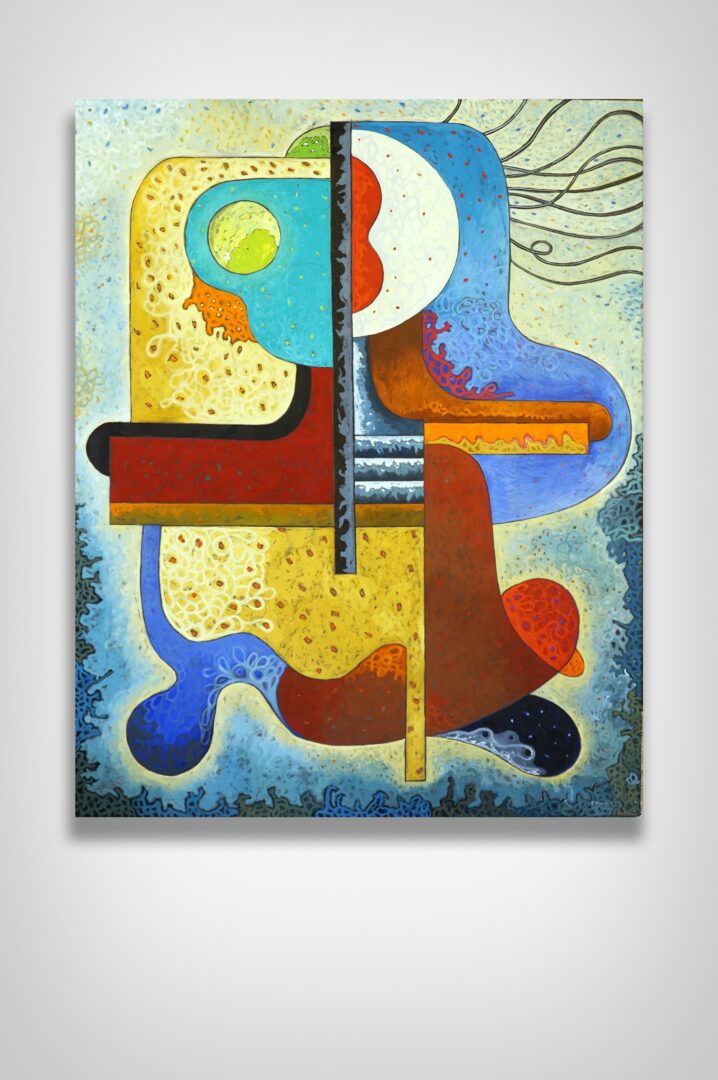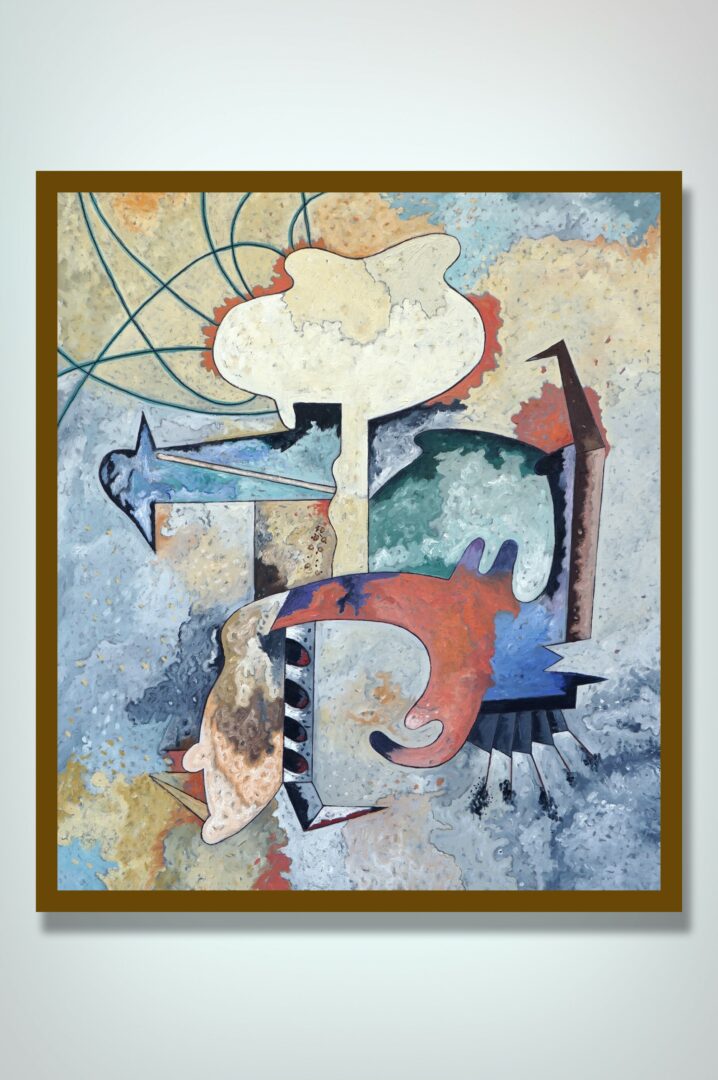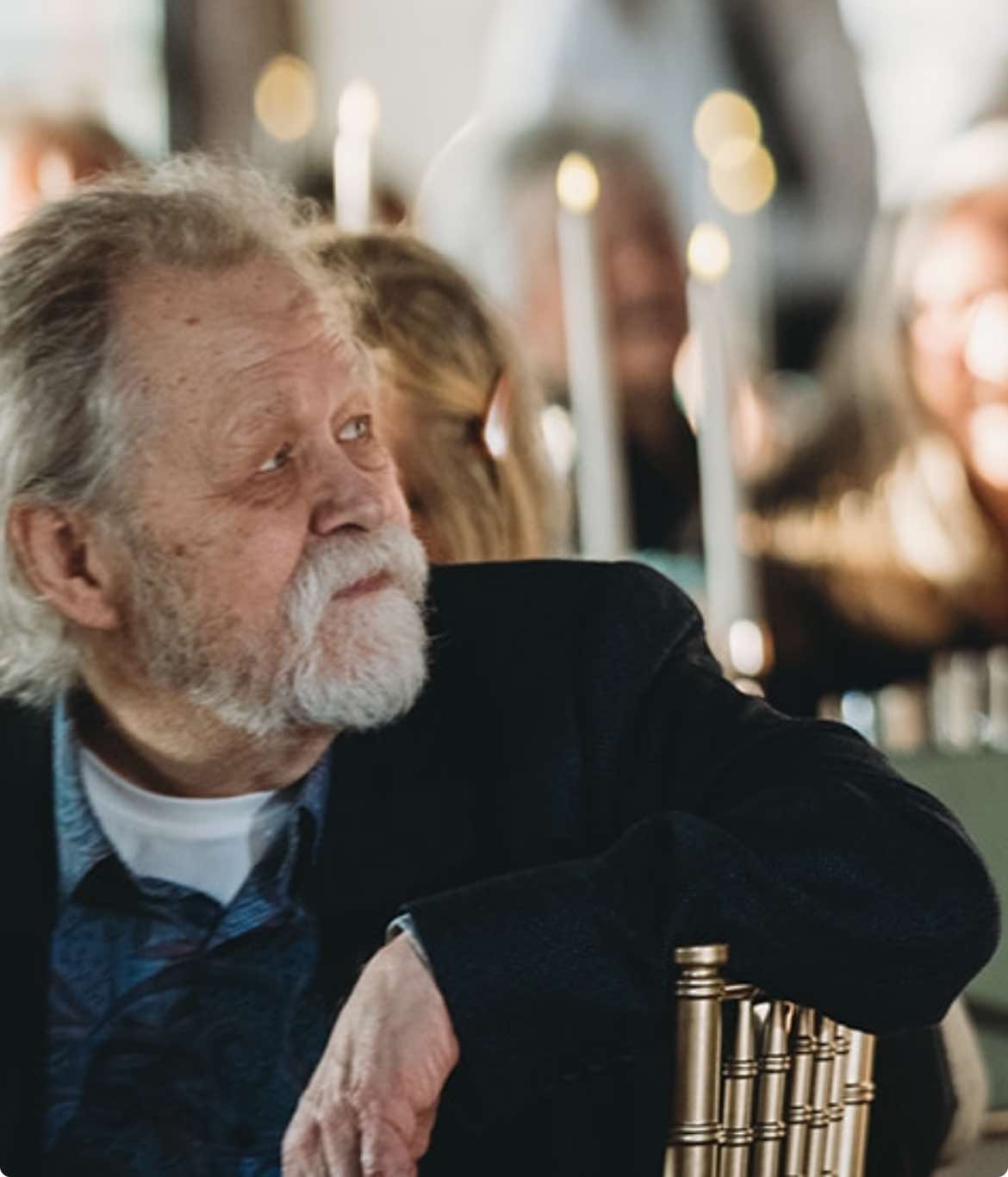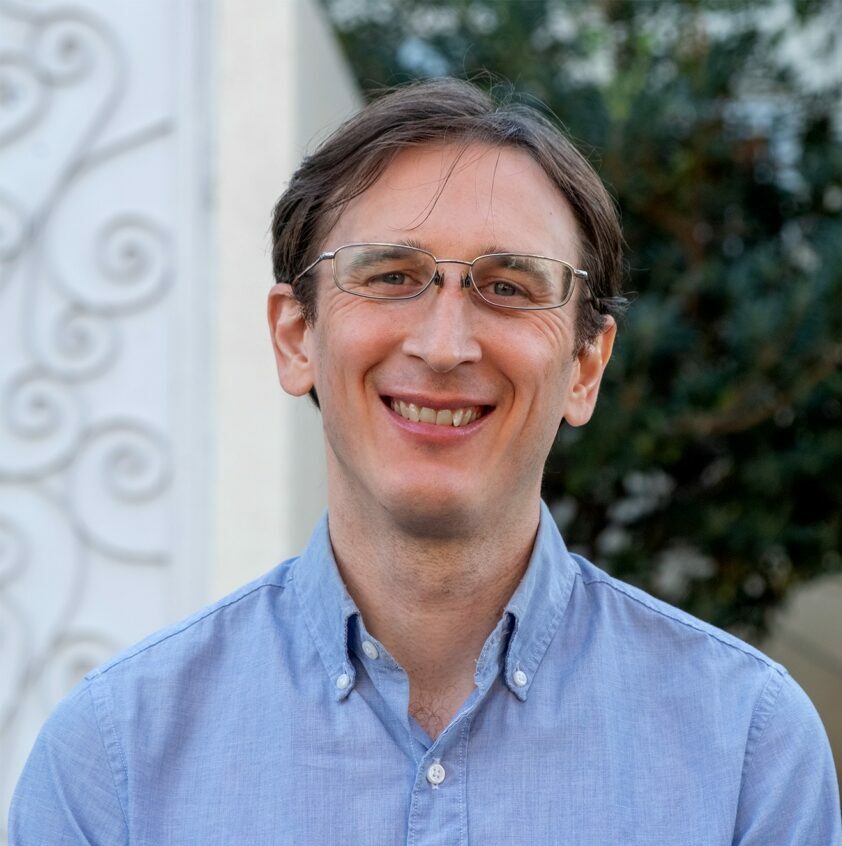Alright – so today we’ve got the honor of introducing you to Steve Sherrell. We think you’ll enjoy our conversation, we’ve shared it below.
Hi Steve , appreciate you sitting with us today to share your wisdom with our readers. So, let’s start with resilience – where do you get your resilience from?
I have been a working artist for 57 years. I began painting seriously at the age of 18 and have seen mind boggling changes in the art world. When I started painting Andy Warhol had only been at painting for 6 years. I was completely taken by Pop Art.
I grew up in Indiana but moved to the Chicago area in 1972. I finished my degrees at the School of the Art Institute studying with the great Midwestern teachers, Ray Yoshida and Whitney Halsted. I worked at the Chicago Museum of Contemporary Art as a student worker, and was able to see the inner workings of the art world.
Chicago is a tough town. It has both the Cjty of Big Shoulders reputation while situated in “flyover country”. The arts have never been a priority in Chicago. The city, which is the third largest in the country, generally ignores the visual arts has never been easy on Chicago artists.
I have a large showing record, mostly in this area. I achieved this by having great tenacity and I work very hard. We, as youths, analyzed the art world with a realistic mindset, knowing that rock star status would never happen here, but if you had a large supply of good art, there are enough places here to show.
I worked very hard and was able to get a full time teaching gig at the local college. I am married and raised two children. My daughter was born in 1972. so the wild freewheelin artist life was never my luxury. I have been involved with three art scenes in the area, Throwing my energy into each. The first scene, the Hubbard Street Scene, lasted for about 6 years. The Bridgeport scene for 25 or more and the Water Street Studios scene, which I an currently immersed in. I wake each morning and go to my studio. My life is art..


Thanks, so before we move on maybe you can share a bit more about yourself?
Last month, my son and I mounted a large exhibit at Water Street Studios in Batavia, Illinois called Layer upon Layer. My son, Colin, is a very accomplished sculptor, and the show was met with much praise. We have shown together three times in the last six years.
I retired as a Professor of Art in 2015 and became a curator and Gallery Director at Water Street, which has become my home base. It is a large Art Center in the Western Chicago area. I am able to show local artists, giving many opportunities to artists in an area with few places to exhibit. With the artist Richard DeVeau, I started the Water Street Studios Artist’s Collective. I have been involved with the creation of three artist collectives in the area,; WSSAC, Collective 33 in the 2000’s and West Hubbard Gallery in the 70’s-80’s.
I am a very diverse creator. chameleon like, I never want people to know what to expect. It allows me great creative freedom which I consider important. I am not focused on sales, I am focused on freedom and creativity. I have been called an artist’s artist.


There is so much advice out there about all the different skills and qualities folks need to develop in order to succeed in today’s highly competitive environment and often it can feel overwhelming. So, if we had to break it down to just the three that matter most, which three skills or qualities would you focus on?
To be a great artist, you need to open your eyes and your mind to new experiences. The arts are ahead of you already, you need to catch up to them. The art of today is already the art of yesterday.
You also need to devote yourself to a life of art. Unless you are lucky, that will entail hardship. I saw Robert Motherwell, the great American artist speak in the 70’s. His father was an industrialist and offered him a choice. He could take over one of his factories and become wealthy, or have $50 a month to become an artist. Motherwell took the $50. All the things you need to be an artist cost money, but most artists have a hard time making enough to keep working. You will need some side hustle to support your art habit. Stan Brakhage, who I studied film with, always said “Success in the arts is survival”.
And adding to that is learning your craft, which may take a long, long, time. The road to mastery is paved with joy and hardship. I would not do anything in my lifetime I have done, differently.


Alright, so before we go we want to ask you to take a moment to reflect and share what you think you would do if you somehow knew you only had a decade of life left?
Making art!
Who can say how many years we have left to live? David Crosby, knowing his time was coming, put out 7 albums of great music in the last ten years 0f his life. I am not a young man. I just worked for two years on 25 pieces for my newest exhibit. At the rate I’m going, in the next ten years. I will need to make at least 125 new paintings and I don’t work small, but I work all the time and will continue until I cannot work anymore.
Contact Info:
- Website: www,stevesherrell.com www.stevesherrell.art
- Instagram: https://www.instagram.com/stevesherrell.art/?hl=en
- Facebook: https://www.facebook.com/steve.art/


Image Credits
Laura Sherrell
so if you or someone you know deserves recognition please let us know here.




